Hello everyone, today is an interesting topic about gardening, namely growing tomatoes. Let me tell you this, everyone in our family loves tomatoes very much. In all their types. Fresh, pickled, fermented, dried and tomato juice. We have a large family, my husband and I have two sons who have already formed their own families. According to this information, we can conclude that we also grow tomatoes in our garden. And we don't just grow them, we grow a lot of them, this year we planted about 100 different bushes.
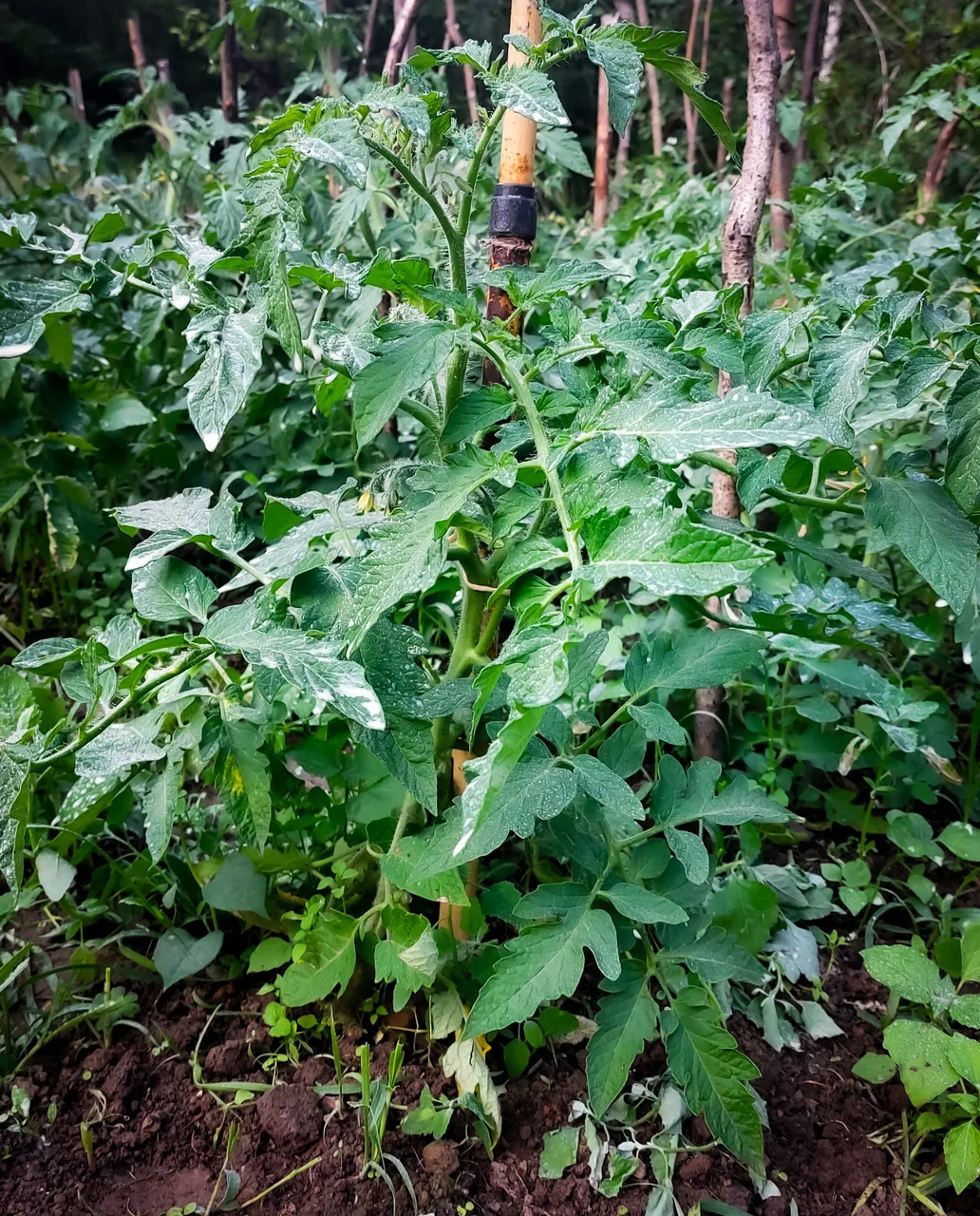
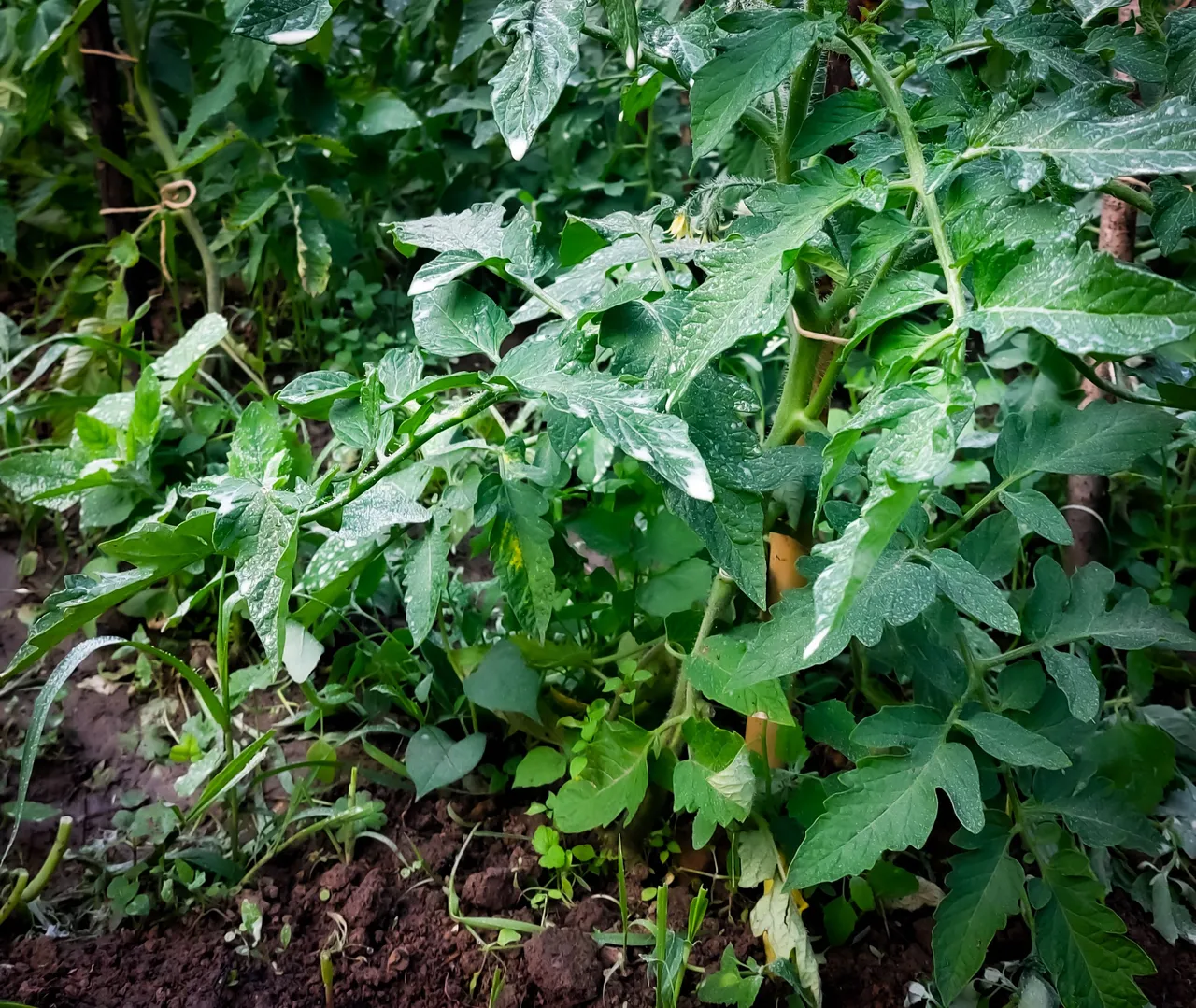
But due to the fact that our weather is changeable (or drought for a month and not a drop of rain, then it rains for a week without stopping), tomatoes like to get sick with late blight in our region. In the greenhouse, they practically do not get sick from this disease, but outside, if you do not take the necessary measures, it is very, very difficult to grow tomatoes.

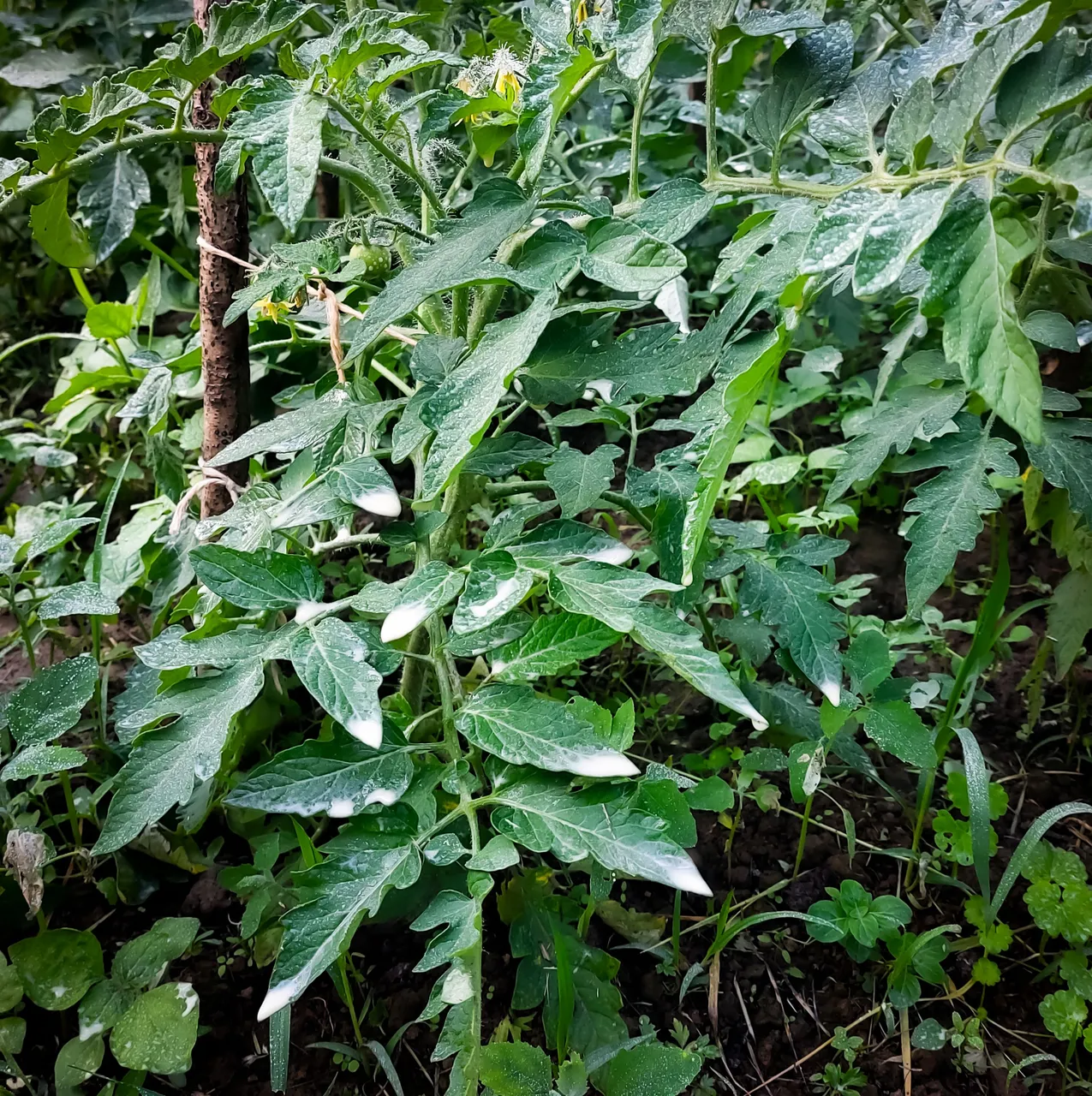
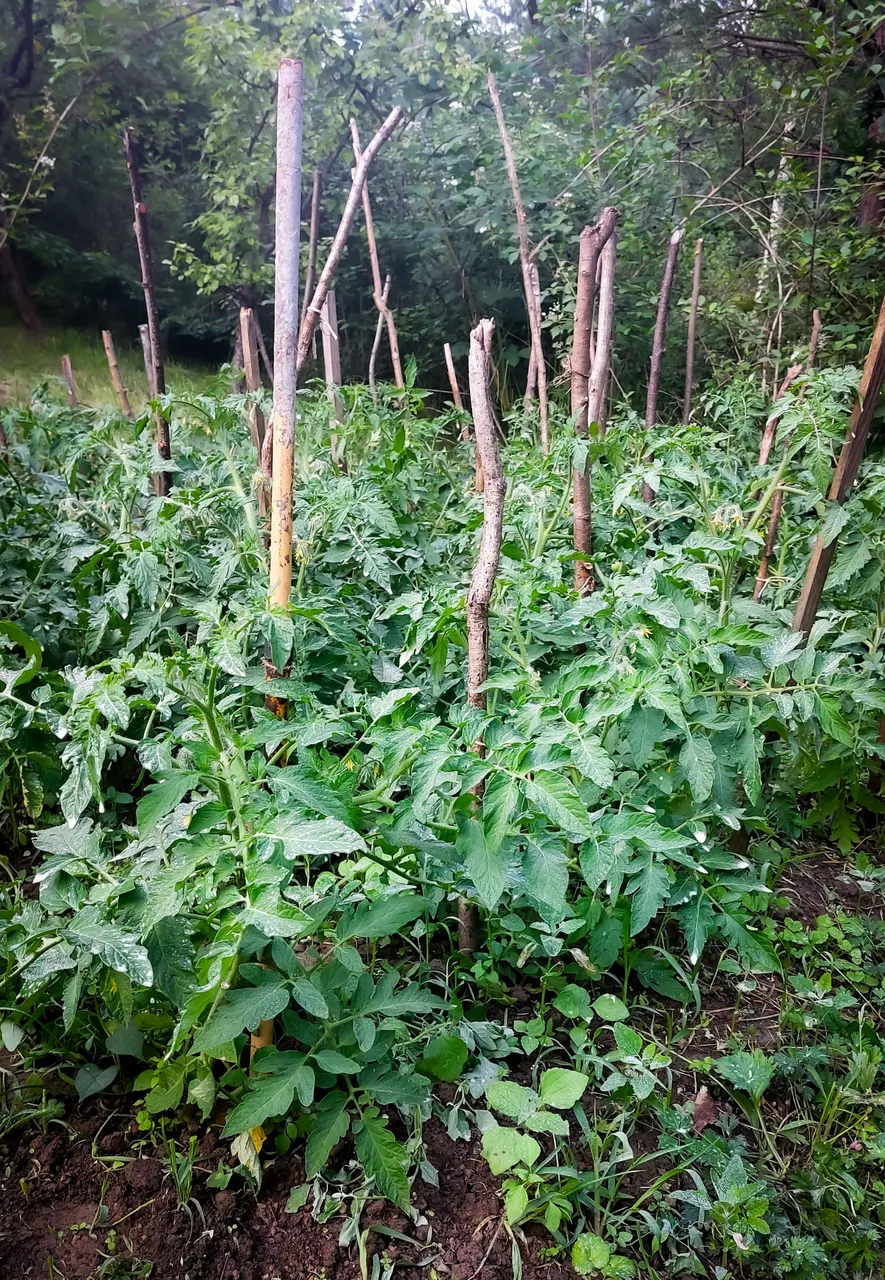
Phytophthora is a common problem for many gardeners and it is very difficult to deal with it.The fungus first affects the leaves of tomatoes, then the stem, and then the fruit.A favorable environment for late blight: dense rows of tomatoes, significant temperature and weather changes, frequent rains, damp and cool weather. That is why the other day we treated them with a special solution against diseases.We sprinkle them with Rydomil Gold fungicide, this is the tool we use in Ukraine. The active substance is mancozeb and metalaxyl. The tool allows spreading and penetrating the entire plant, protecting not only stems and leaves, but also tubers, fruits and berries.
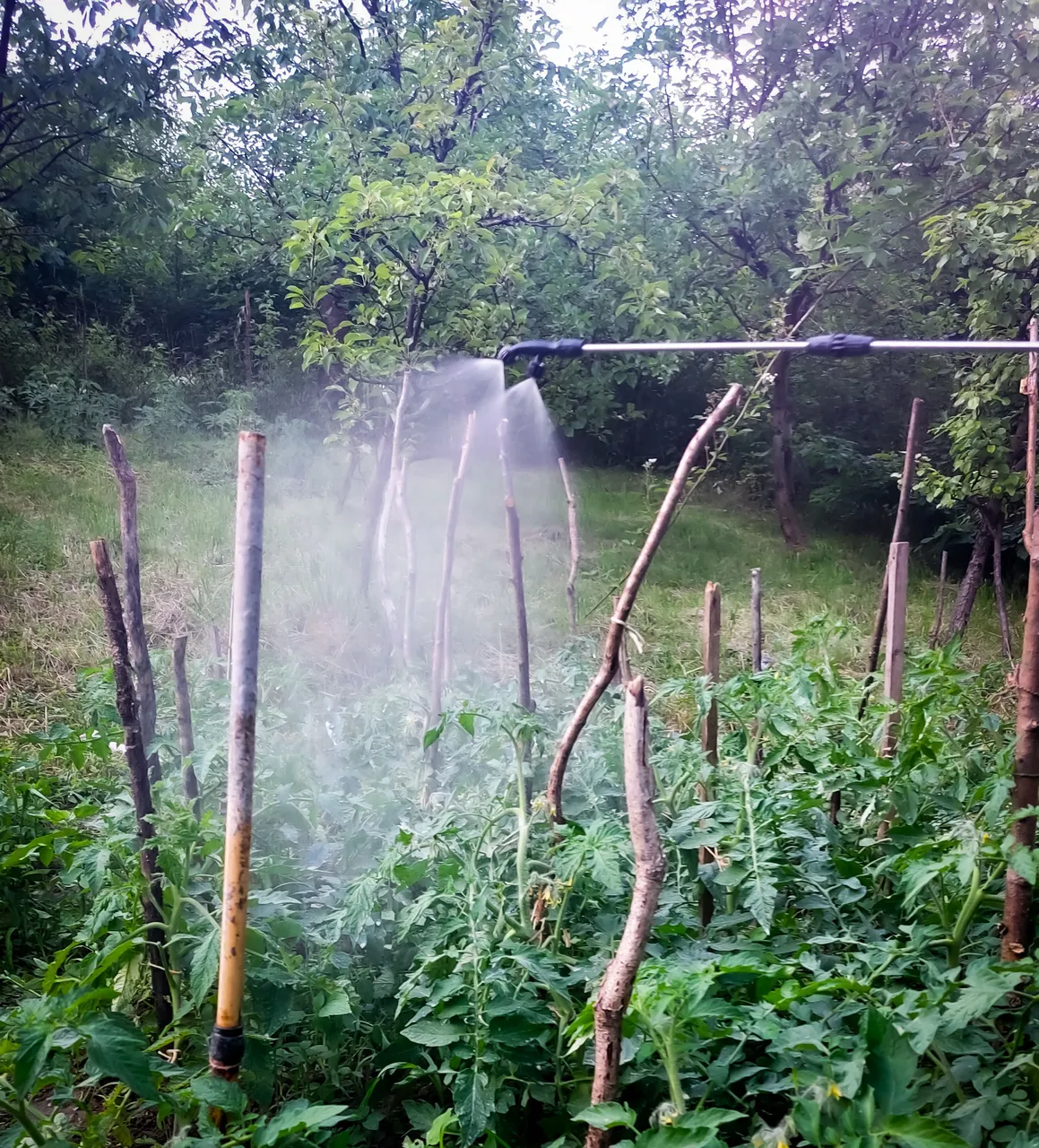
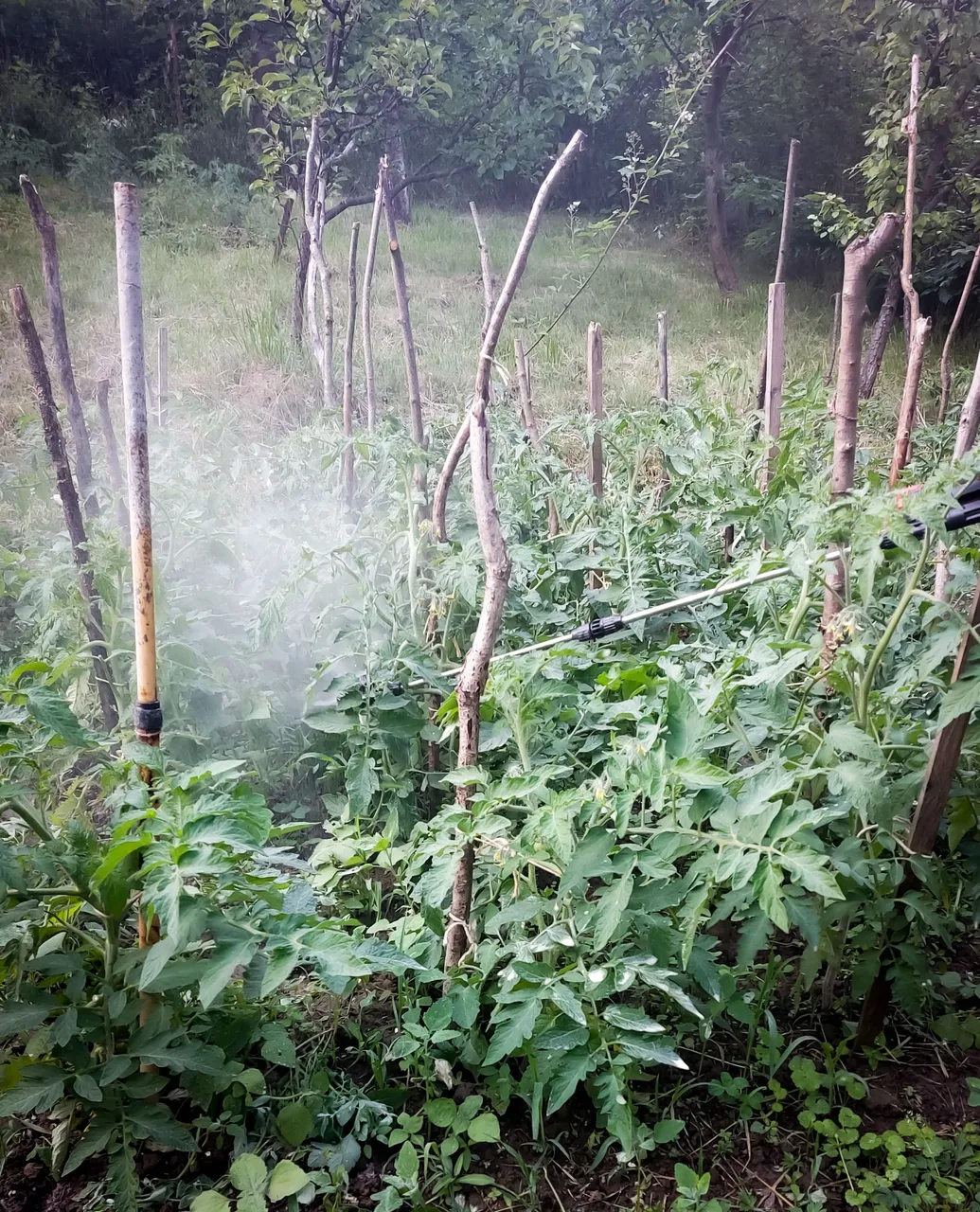
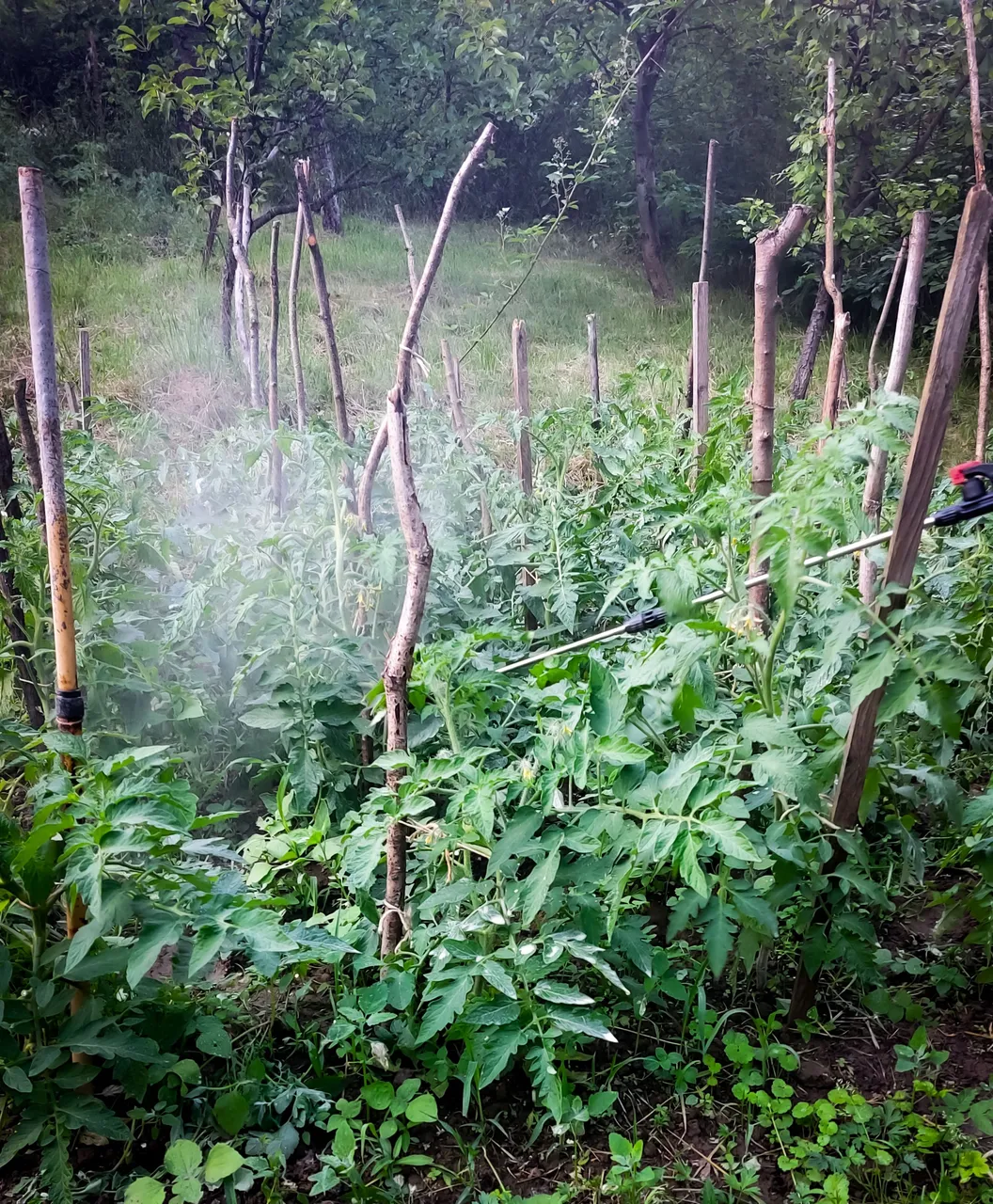
I would like to note that this tool can be used not only for tomatoes, but also for grapes, potatoes, cucumbers and onions (except onions on a feather)The tool has a long protection effect, which is 14 days. The drug belongs to the class of low-toxic drugs and what is very important is that it is not toxic to bees and birds. These are granules that need to be diluted in water according to the instructions, then sprayed on your plants.
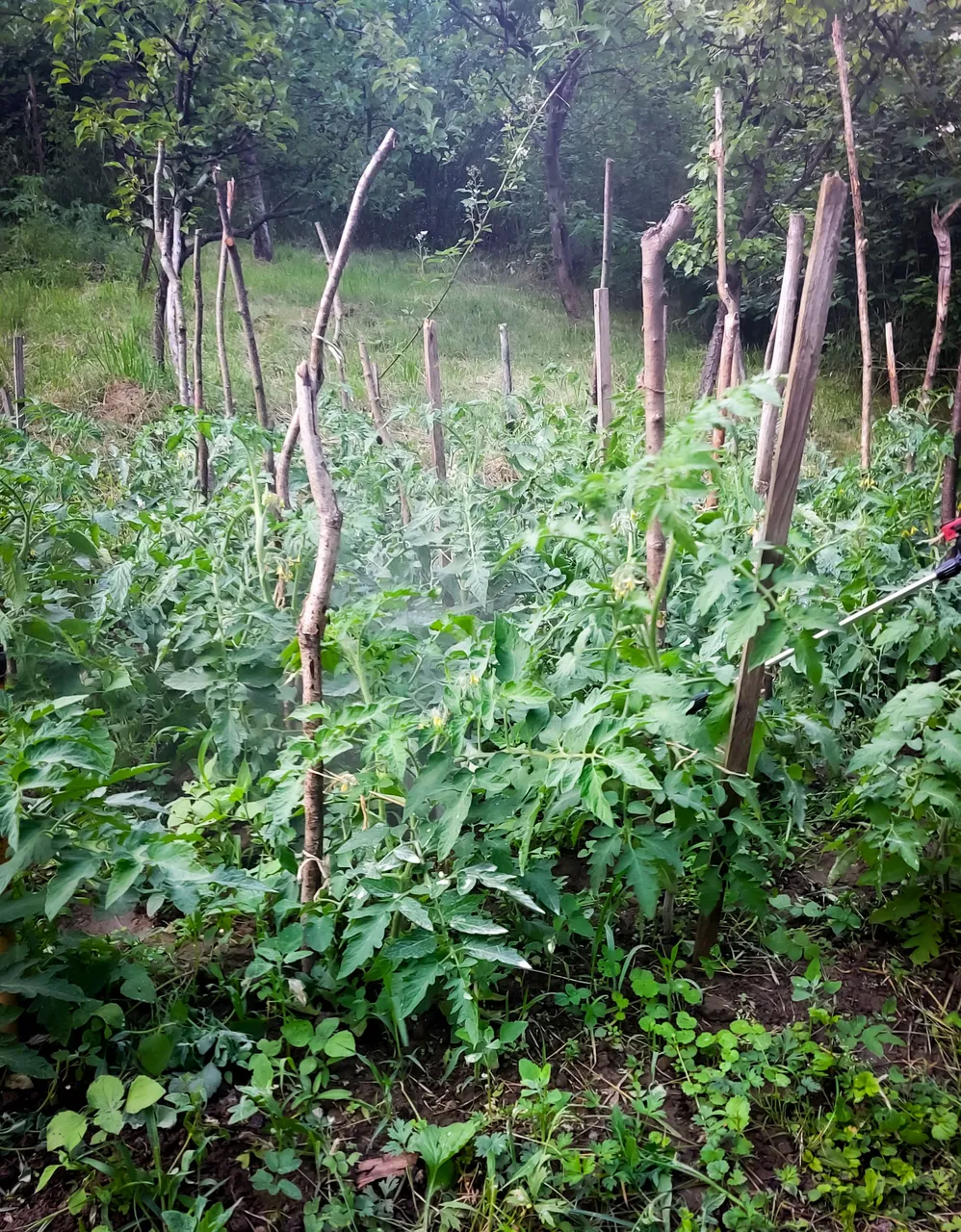
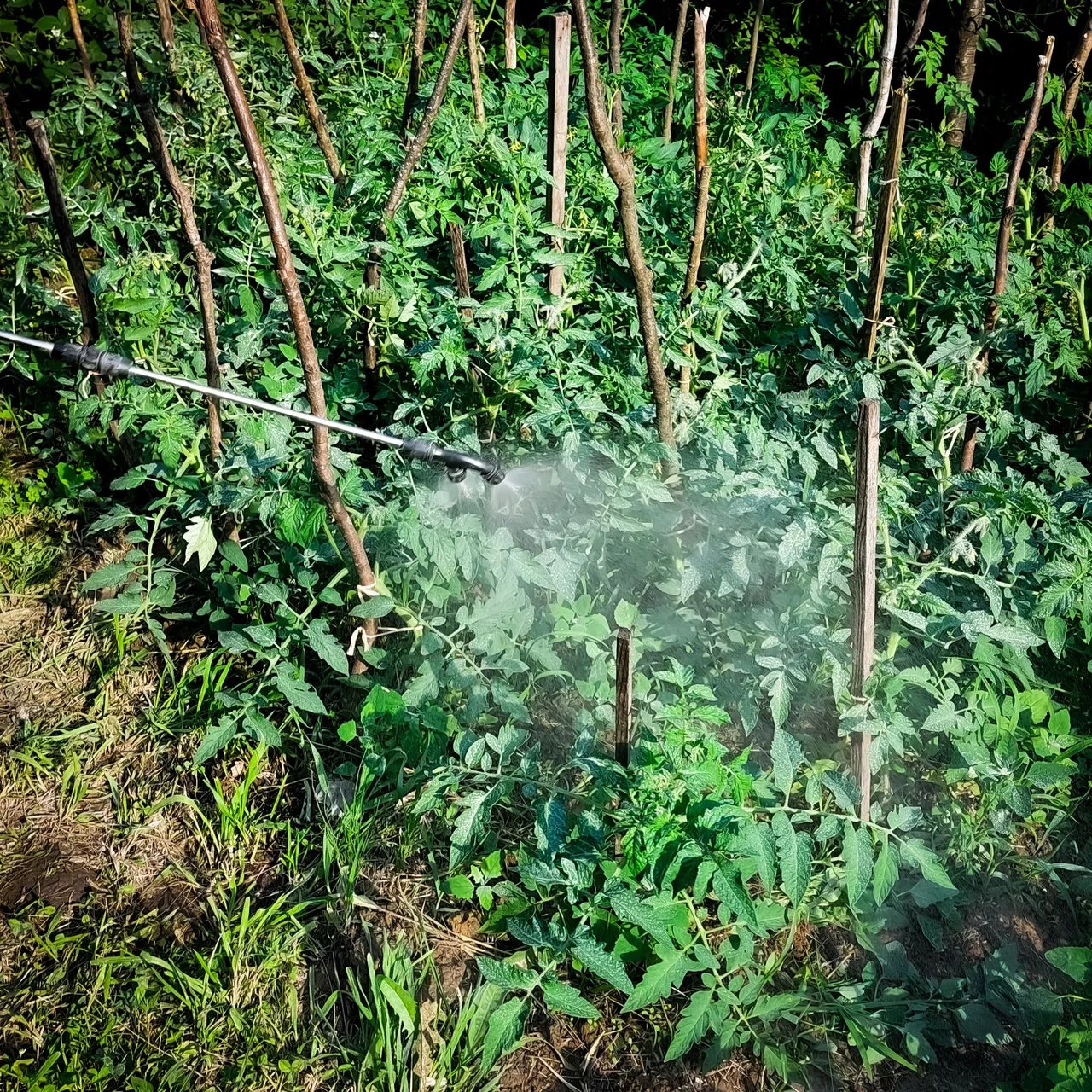
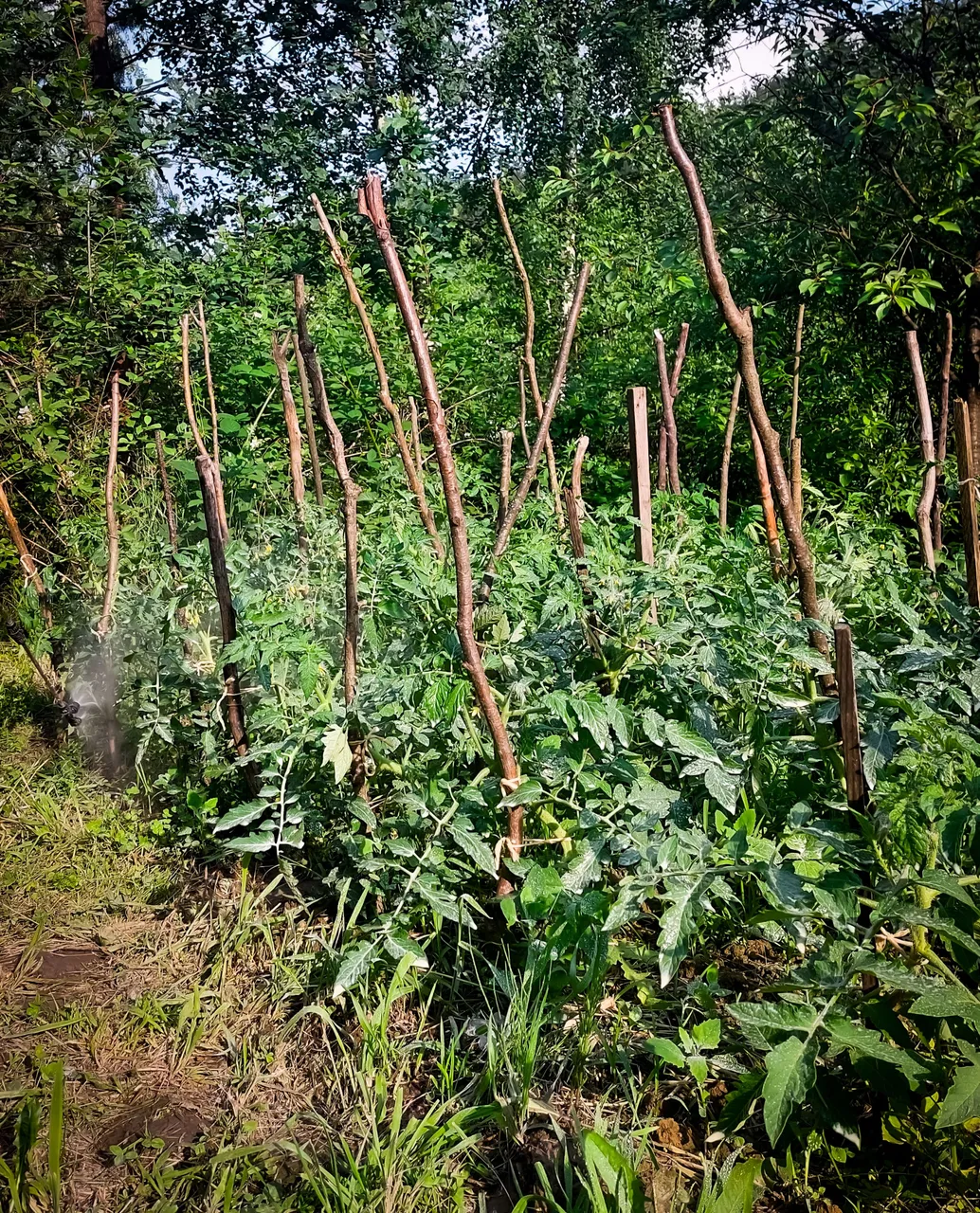
Of the main things you need to know before starting work.
Plants should be sprinkled on a good, rainless day, if the day is sunny, work should be started in the evening. After all, the direct and active sun will not allow it to soak in, but will simply dry instantly on the stems. It should be processed both from above on the leaves and from below. If the weather is not favorable, and it is already time to sprinkle, you need to optimally choose a time when it is not raining. The product should stay on the plant for at least 4 hours. If something did not go according to plan and the rain washed away the product faster than the required exposure time, you need to repeat the procedure. Be sure to analyze how much the rain could wash away the solution from the plants. If it started raining immediately repeat the procedure according to the instructions, if it was not strong and 2-3 hours have passed after sprinkling, then you can repeat the procedure by making a weaker solution half as concentrated as the one that was the first time.
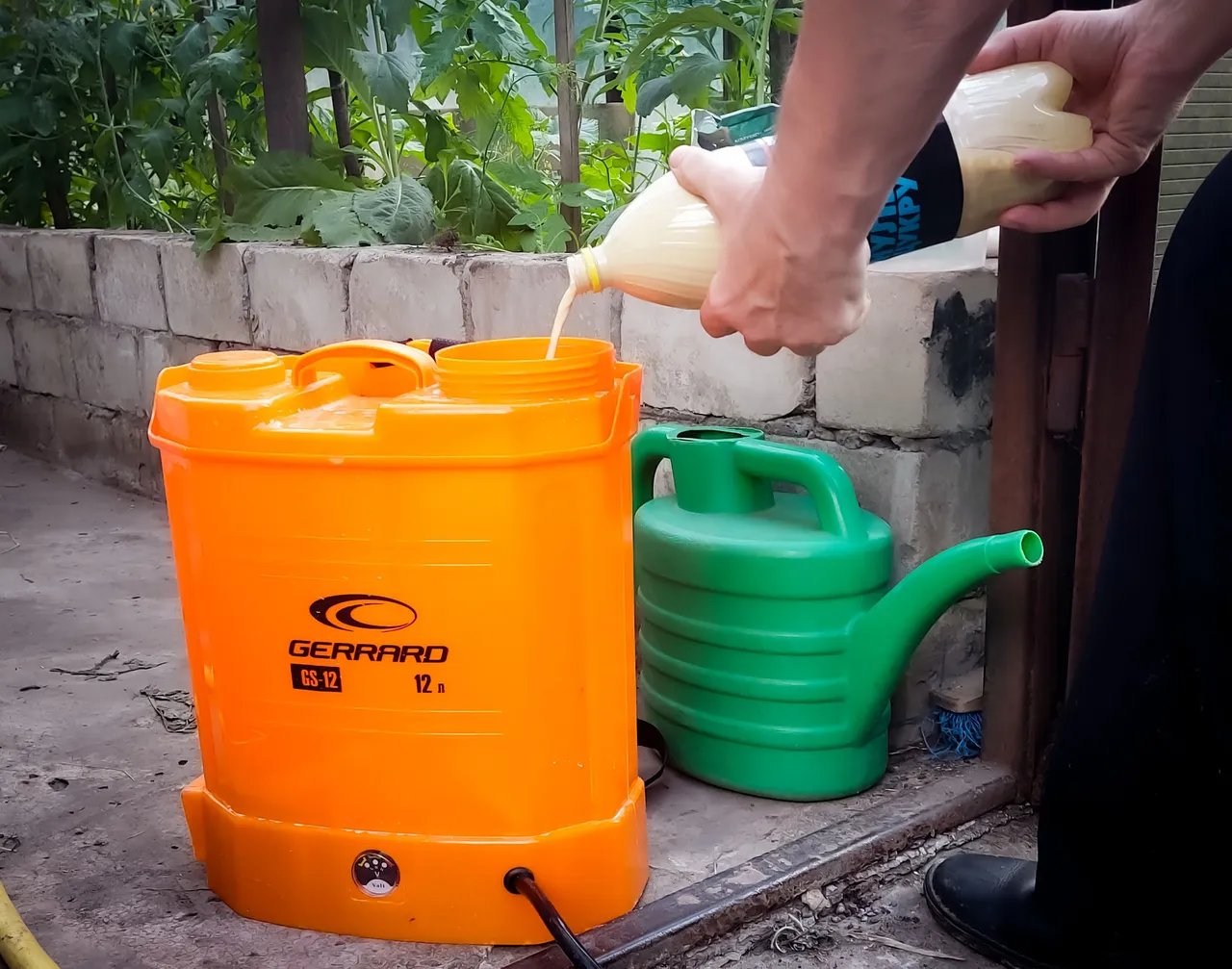
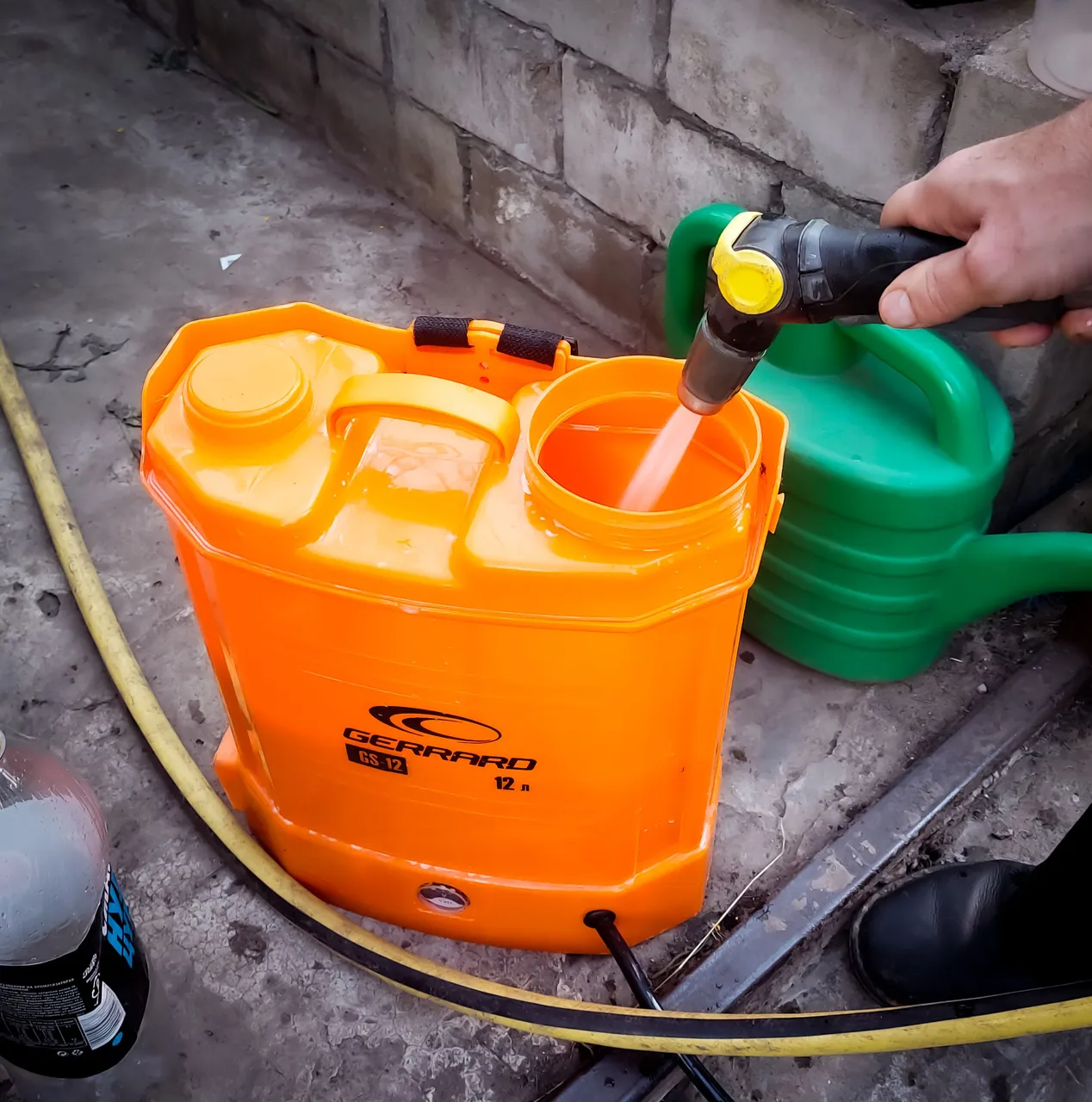
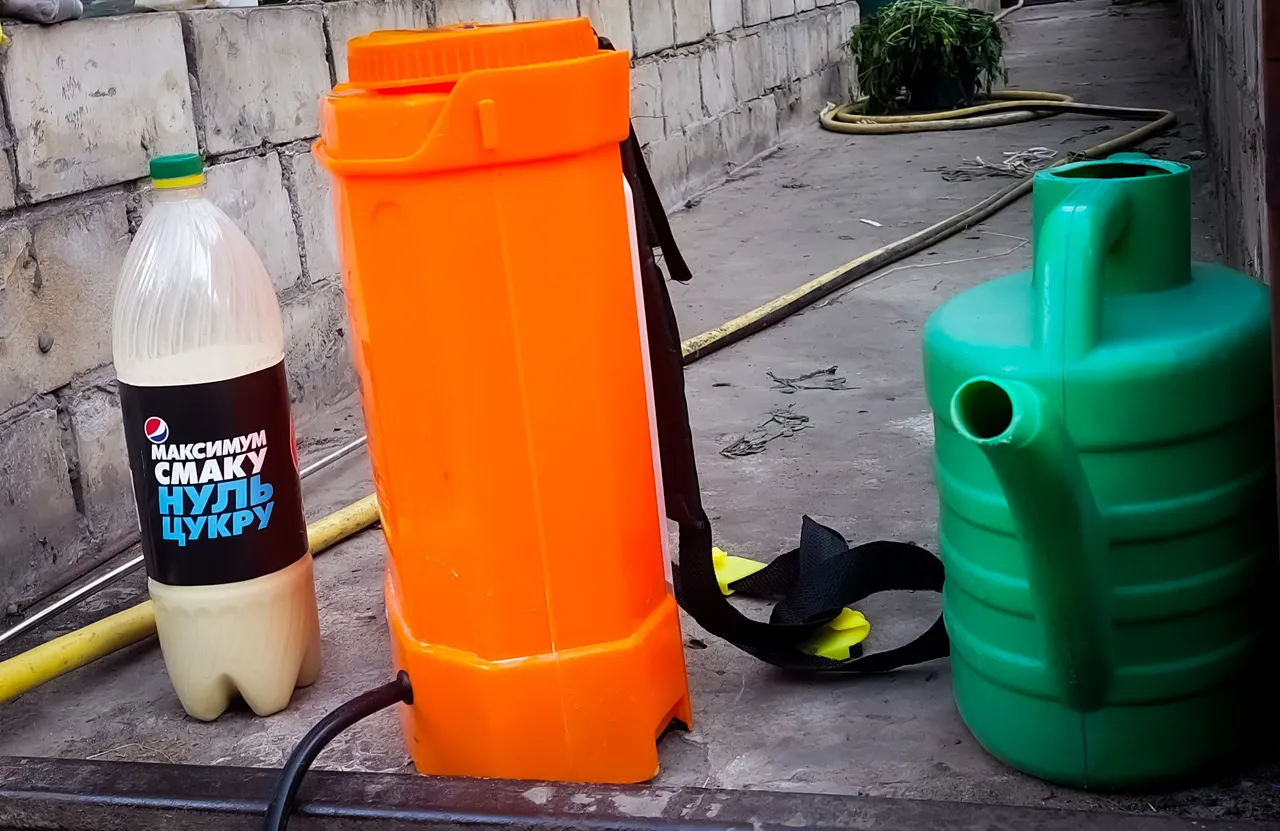
But even this does not give a 100% guarantee that your fruits will not get sick. Also, an important stage in the fight against phytophthora is the inspection of plants for the presence of this fungus. If you see black spots on the leaves of your tomatoes, this leaf should be removed, because it is already sick and the disease will spread, the same applies to sick tomatoes. If the tomato has a black spot on the bottom of the fruit, it means that it is sick and should also be removed.
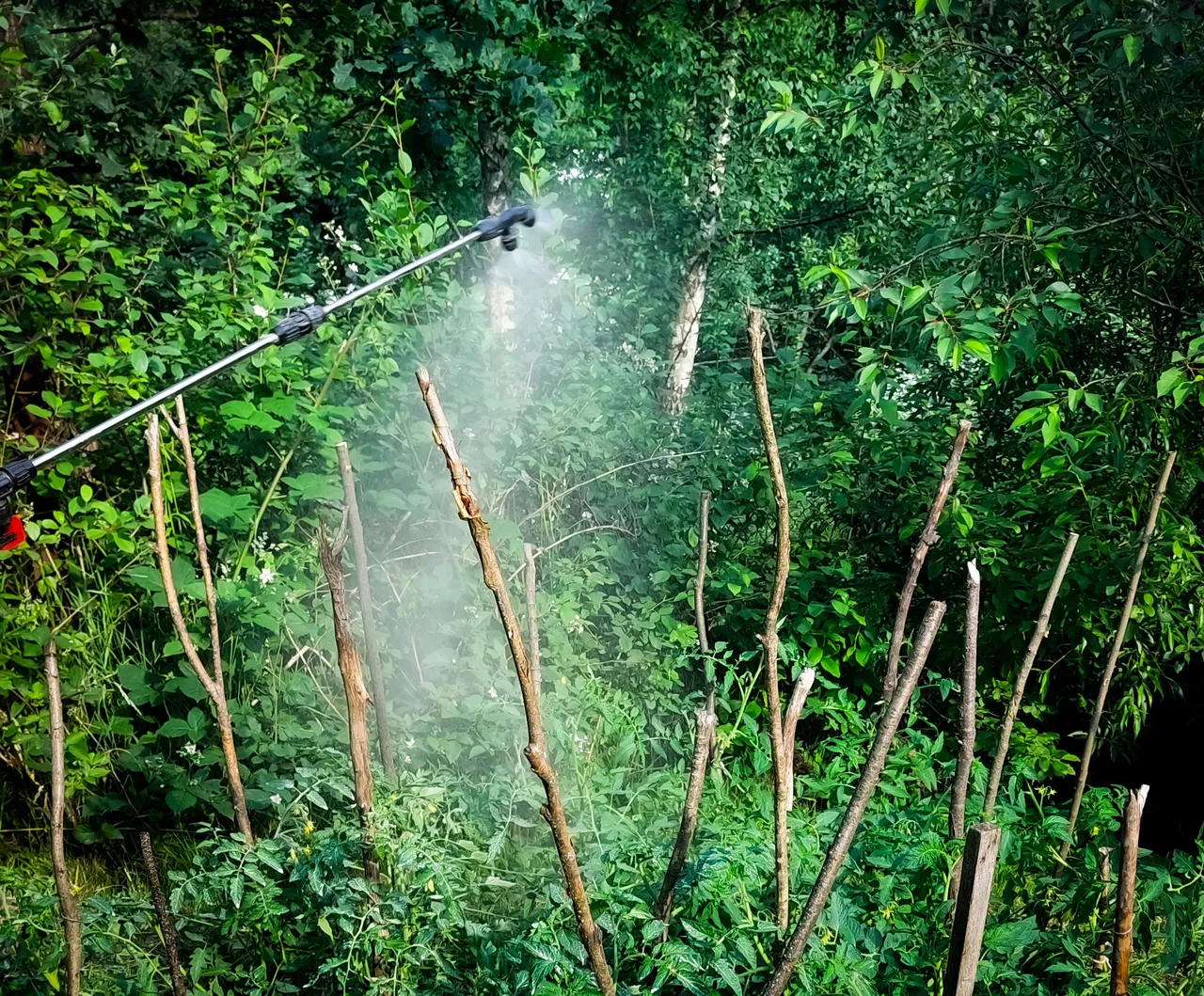
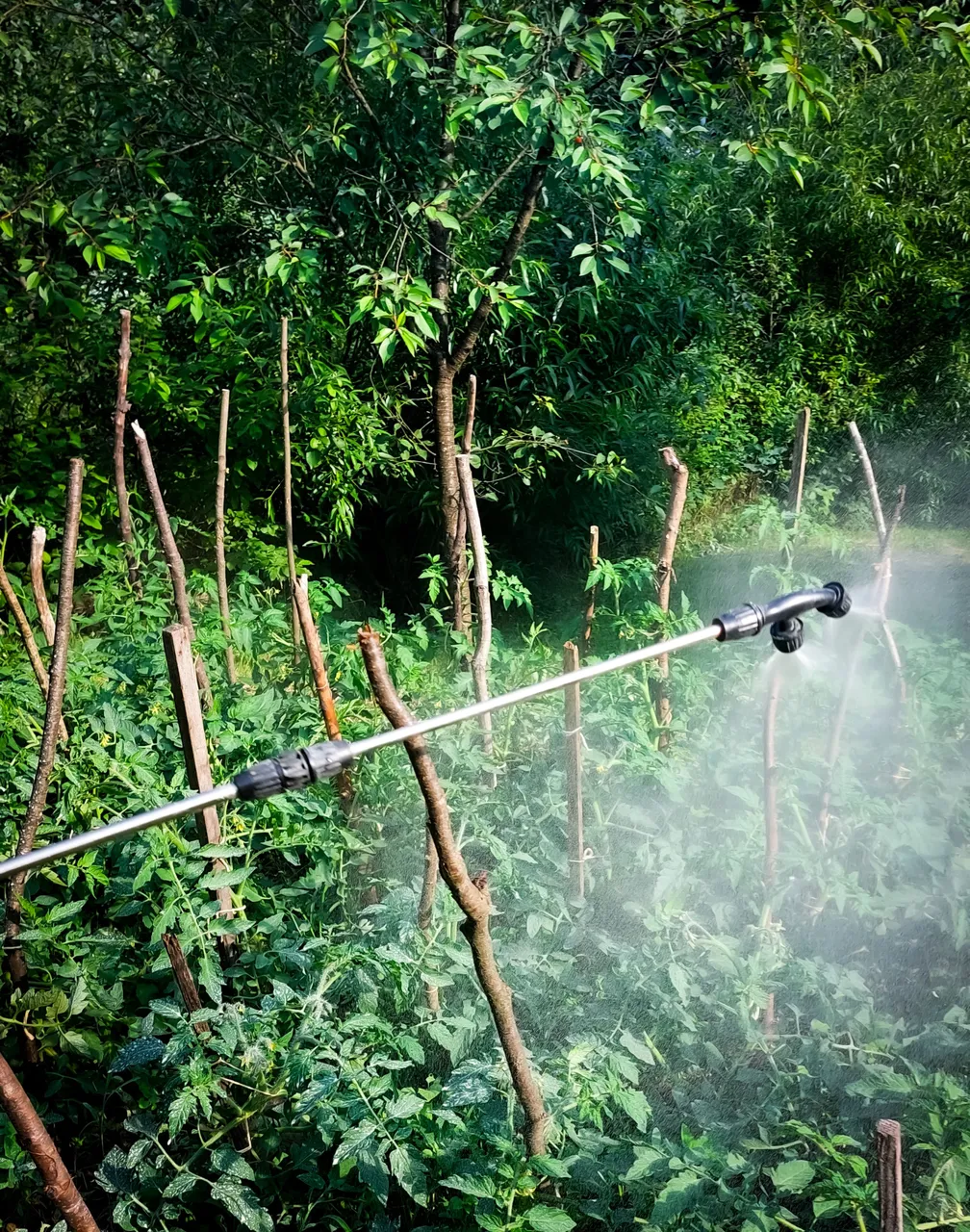
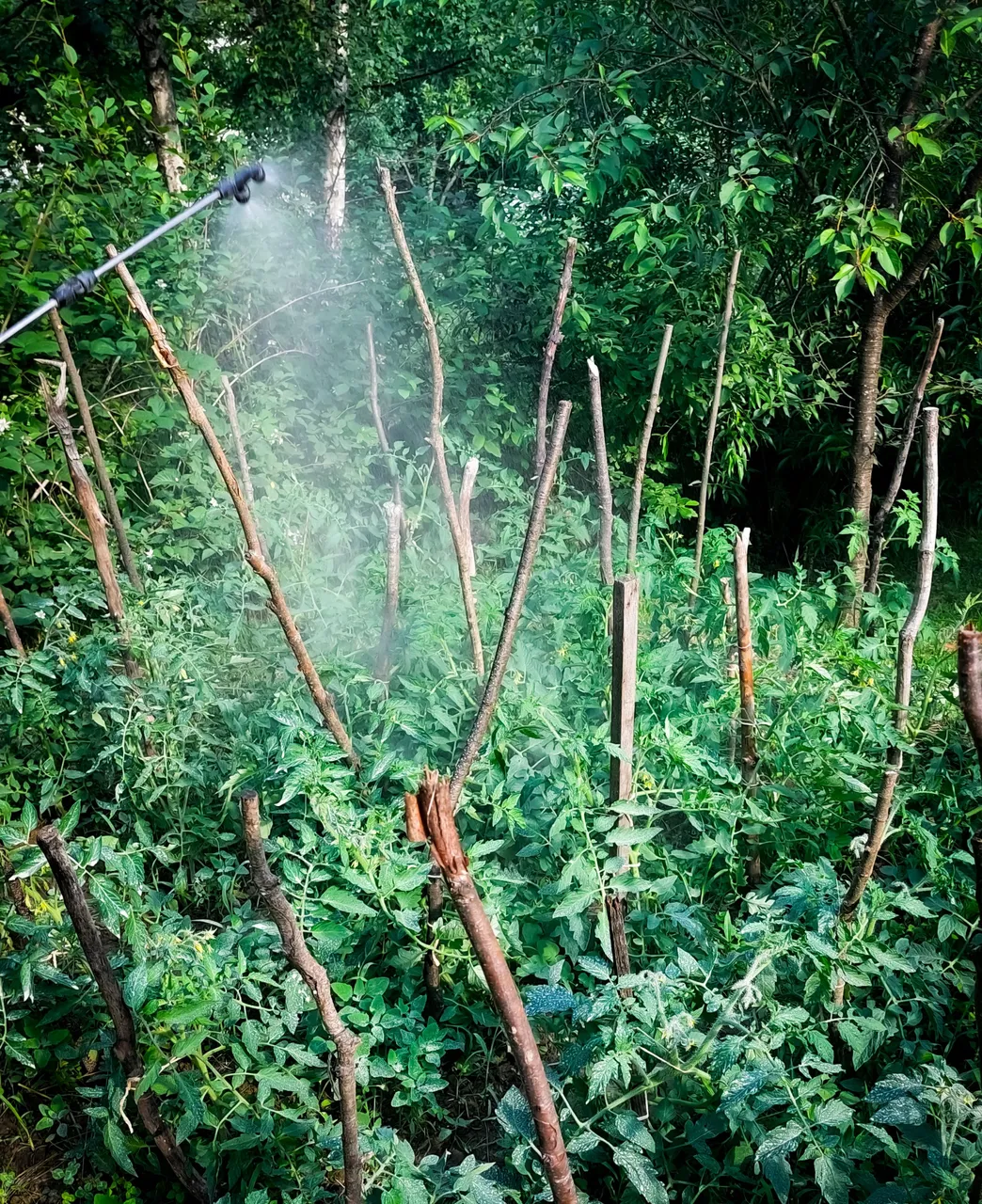
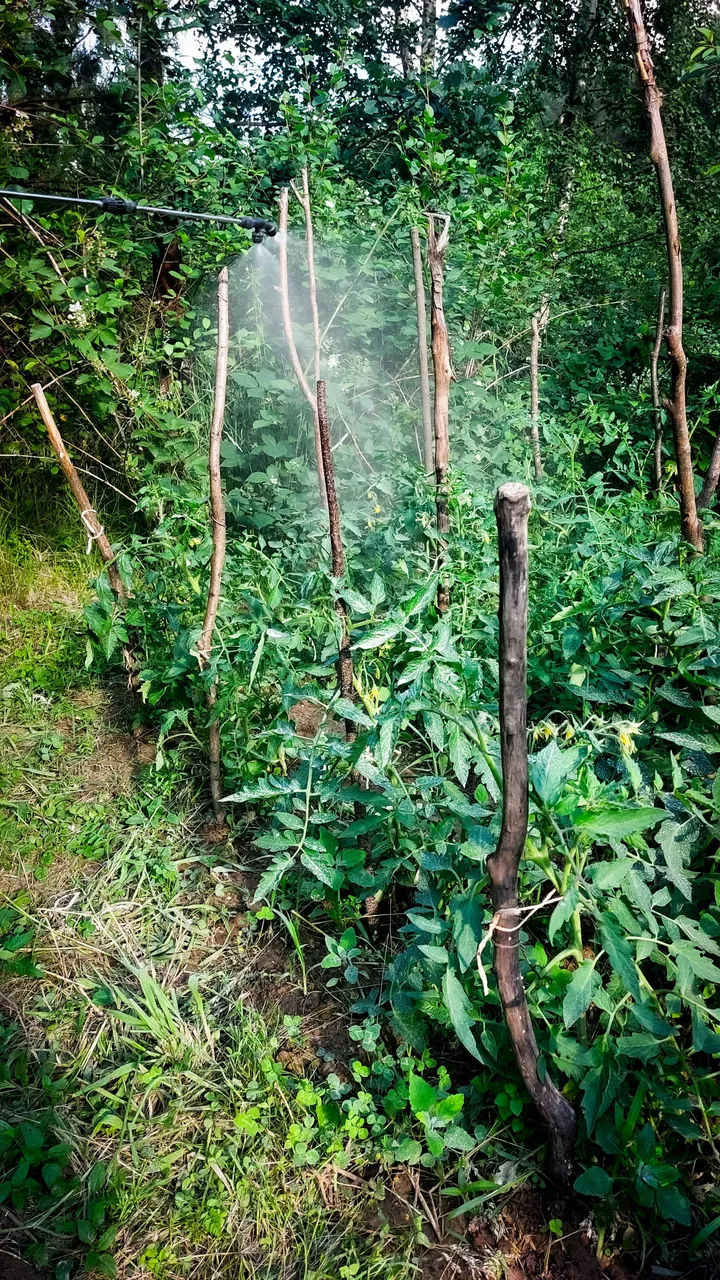
I have a lot of interesting information on tomato care for you, but I will share it soon so that you do not get confused in the information.
Thanks for reading and watching photos, hope you like it. Follow me for more amazing nature. Have a good day 😊 💙💛